Gotland
Largest island in the Baltic Sea experiences such idyllic weather that roses bloom in the middle of December.
Gotland, also called the Island of Roses because of its idyllic climate, is temperate enough for roses to bloom in the middle of December. It’s not just the climate and the flowers that draw in visitors and pique the curiosity of others, though. In a place this small - the island is about 80 miles long and 40 miles wide - it’s strange to find such an extensive array of historical remains.
The Island has 400 Bronze Age mounds or cairns, 350 ship graves, 70 Iron Age forts, and 100 or more Romanesque and Early Gothic churches. It also has Scandinavia’s best known stone maze, Trojeborg, as well as unique “picture stones,” which are memorial stones of the first millennium CE.
You might not think that a small island in the Baltic could have much in common with even smaller islands in the Pacific. But when it comes to archaeological heritage, there are plenty of issues to share. Increasingly, how to protect these unique landscapes rich in ancient artifacts from the onslaught of tourism is a theme that unites them. The population of the island is less than sixty thousand, but tourism is the primary source of income.
Oddly enough, Gotland has also been one proposed site of Atlantis because of its unique history, size, and climate.













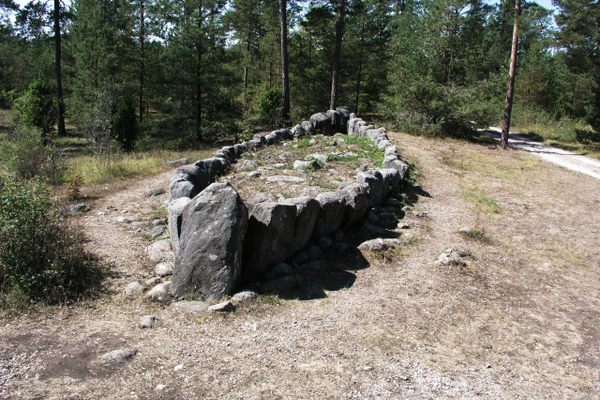

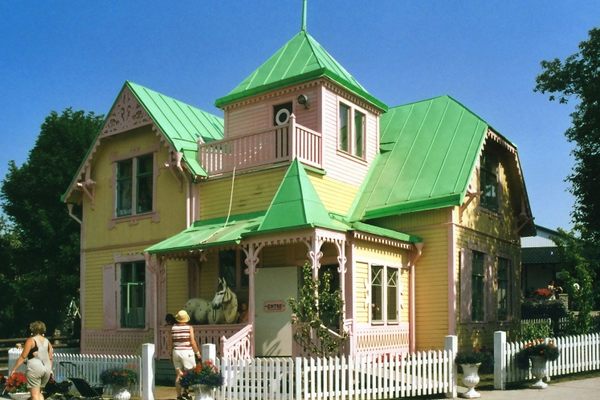
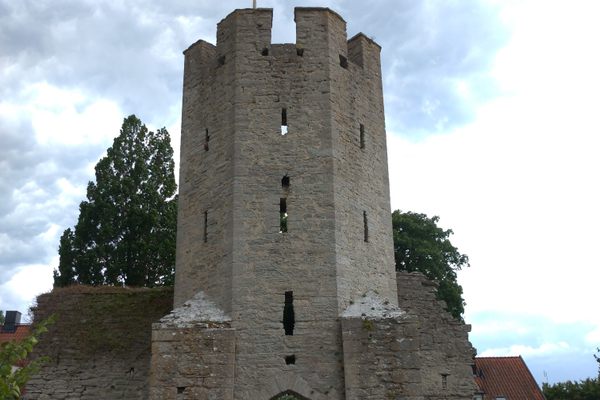

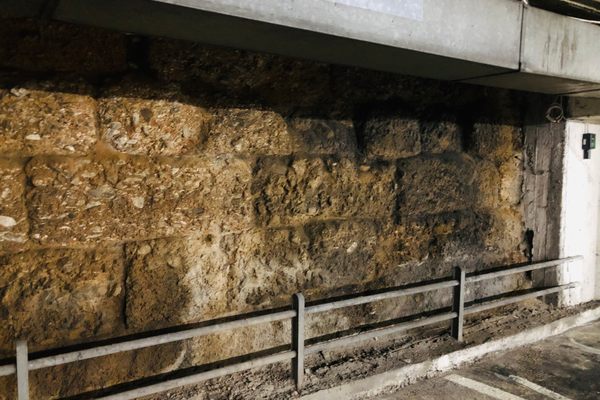
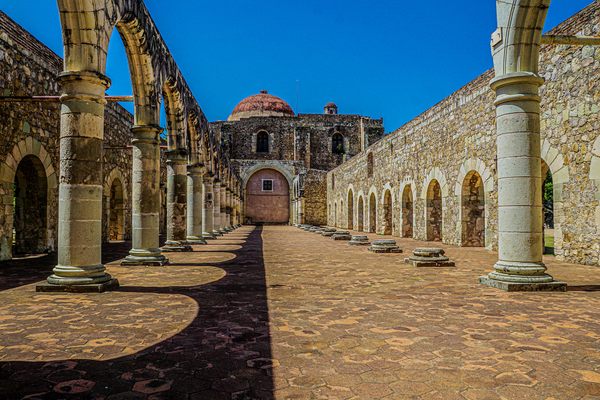


Follow us on Twitter to get the latest on the world's hidden wonders.
Like us on Facebook to get the latest on the world's hidden wonders.
Follow us on Twitter Like us on Facebook